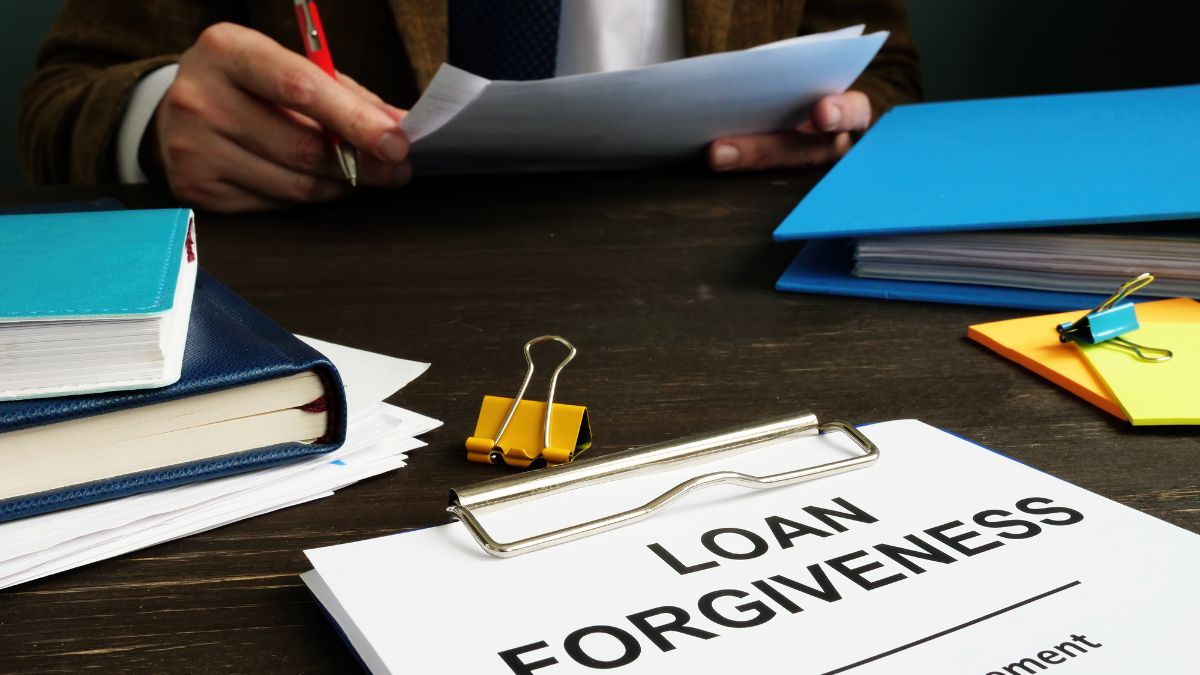Best Loan Forgivness: Your Pathway to Freedom2024
Introduction
Loan Forgivness
Managing student loan debt or other forms of loans can feel overwhelming, especially when monthly payments stretch your budget thin. For many borrowers, loan forgivness offers a promising pathway toward financial freedom. Understanding the various options, eligibility criteria, and steps involved in securing loan forgivness can help you unlock a future free from debt. This article dives deep into finding your perfect loan forgiveness plan, guiding you toward financial freedom.
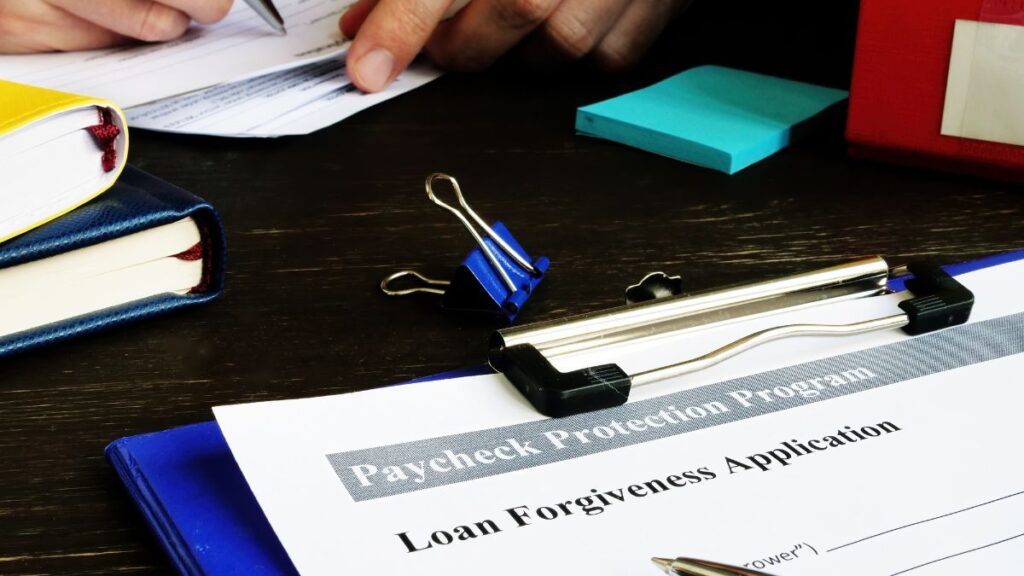
1. Understanding Loan Forgiveness: What It Is and How It Works
Loan forgivness is a financial provision that allows borrowers to have all or part of their remaining loan balance canceled after meeting certain conditions. These conditions may include working in a specific profession, making a set number of qualifying payments, or adhering to a particular repayment plan. While student loan forgivness is the most common, forgivness options exist for other types of loans, including public service employees, teachers, and healthcare workers.
Loan forgivness doesn’t happen automatically; it requires borrowers to fulfill specific obligations over time. Once the required conditions are met, borrowers can apply for forgivness and eliminate their remaining balance, relieving them from financial stress.
2. Types of Loan Forgiveness Programs
There are several loan forgivness programs available, each tailored to different needs and circumstances. Here are the most common types:
- Public Service Loan Forgivness (PSLF): For individuals working in government or nonprofit sectors. After making 120 qualifying payments, borrowers may be eligible to have the remainder of their student loans forgiven.
- Teacher Loan Forgivness: Teachers working in low-income schools may qualify for forgivness of up to $17,500 after five years of service.
- Income-Driven Repayment Forgivness: Borrowers enrolled in income-driven repayment (IDR) plans may have their loans forgiven after 20-25 years of payments.
- Military Loan Forgivness: Members of the military may qualify for special forgivness programs, such as the Servicemembers Civil Relief Act (SCRA).
- Perkins Loan Cancellation: Certain professions like nurses, firefighters, law enforcement officers, and public defenders can qualify for full or partial Perkins Loan forgivness.
Each program has its own eligibility requirements and application process. It’s important to research which one fits your financial situation and career.
3. Who Qualifies for Loan Forgivness?
Qualification for loan forgiveness depends on various factors, including the type of loan you have, your employment sector, income level, and whether you’re enrolled in a qualifying repayment plan.
- Employment-Based Programs: Programs like PSLF and Teacher Loan Forgiveness focus on the borrower’s profession and work location. For PSLF, you must work full-time for a government organization or qualifying nonprofit, while Teacher Loan Forgiveness requires service at a low-income school.
- Income-Based Programs: Income-driven repayment plans offer forgiveness based on your discretionary income and family size. After 20-25 years of qualifying payments, the remaining loan balance can be forgiven.
- Special Circumstances Programs: Some forgiveness options are available for those experiencing hardship, disability, or for members of the military.
Understanding the qualifications for each program ensures you’re on the right track to get the forgiveness you deserve.
4. Public Service Loan Forgiveness (PSLF) In-Depth
Public Service Loan Forgiveness (PSLF) is one of the most popular and sought-after forgiveness programs. Under PSLF, individuals working in eligible public service jobs can have their loans forgiven after making 120 qualifying payments, which takes about 10 years. The key requirements for PSLF are:
- Working full-time for a government organization or eligible nonprofit
- Being on an income-driven repayment plan
- Making 120 qualifying payments while employed by an eligible employer
The 120 payments don’t have to be consecutive, but they must be made while in eligible employment. After fulfilling these requirements, you can apply for loan forgiveness and have the remaining balance wiped out.
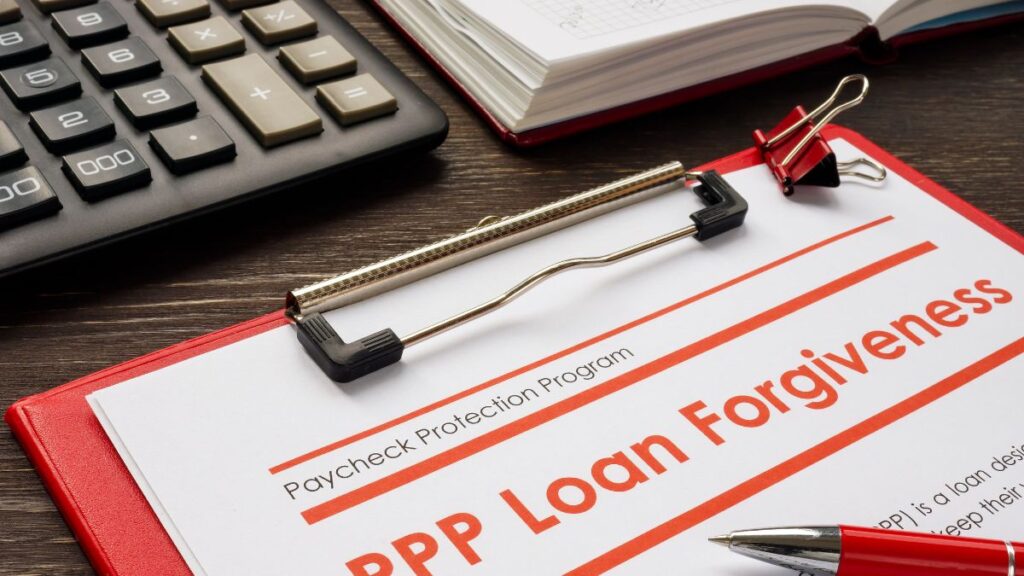
5. Income-Driven Repayment Plans: The Key to Long-Term Forgiveness
Income-driven repayment (IDR) plans adjust your monthly payments based on your income and family size, making them more affordable over time. The four main IDR plans are:
- Revised Pay As You Earn (REPAYE)
- Pay As You Earn (PAYE)
- Income-Based Repayment (IBR)
- Income-Contingent Repayment (ICR)
Each plan offers forgivness after 20-25 years of qualifying payments, depending on the plan. These plans are particularly beneficial for those with high loan balances and low income, as they lower the burden of monthly payments while providing a pathway to eventual forgivness.
6. Teacher Loan forgivness: Rewarding Educators
Teacher Loan forgivness is available for teachers who serve in low-income schools for at least five years. Teachers can receive up to $17,500 in forgiveness if they meet certain qualifications, such as teaching subjects like math, science, or special education.
- Eligibility: You must have taught full-time for five consecutive years at a qualifying school.
- Loan Types: Only Direct Loans and Federal Stafford Loans are eligible.
- Amount: Teachers in certain subject areas may qualify for the full $17,500, while others can receive up to $5,000.
This program is an excellent incentive for educators to work in underserved communities, providing a tangible reward for their commitment to improving education.
7. Healthcare Workers and Loan forgivness
Healthcare professionals, especially those in underserved areas, may also qualify for loan forgivness. Programs like the National Health Service Corps (NHSC) Loan Repayment Program provide forgiveness to healthcare workers serving in Health Professional Shortage Areas (HPSAs).
- Who Qualifies: Physicians, nurses, dentists, and other healthcare professionals working in underserved communities.
- Loan Types: Federal and private student loans can be forgiven under certain conditions.
- Amount: Loan repayment assistance ranges depending on service commitment and location.
This loan forgivness option is designed to encourage healthcare professionals to work in areas where there is a shortage of medical personnel, thus benefiting both the borrower and the community.
8. Military Service Loan forgivness Programs
The military offers several loan forgivness and repayment assistance programs for service members. These programs include:
- Servicemembers Civil Relief Act (SCRA): Caps interest rates on student loans at 6% for active-duty members.
- Veterans Total and Permanent Disability Discharge: Veterans with a total and permanent disability can have their federal loans discharged.
- Army Loan Repayment Program: Offers repayment assistance of up to $65,000 for enlisted members of the Army who serve in certain positions.
These programs are aimed at relieving the financial burden of student loans for those who serve in the armed forces, helping them focus on their service without the weight of debt.
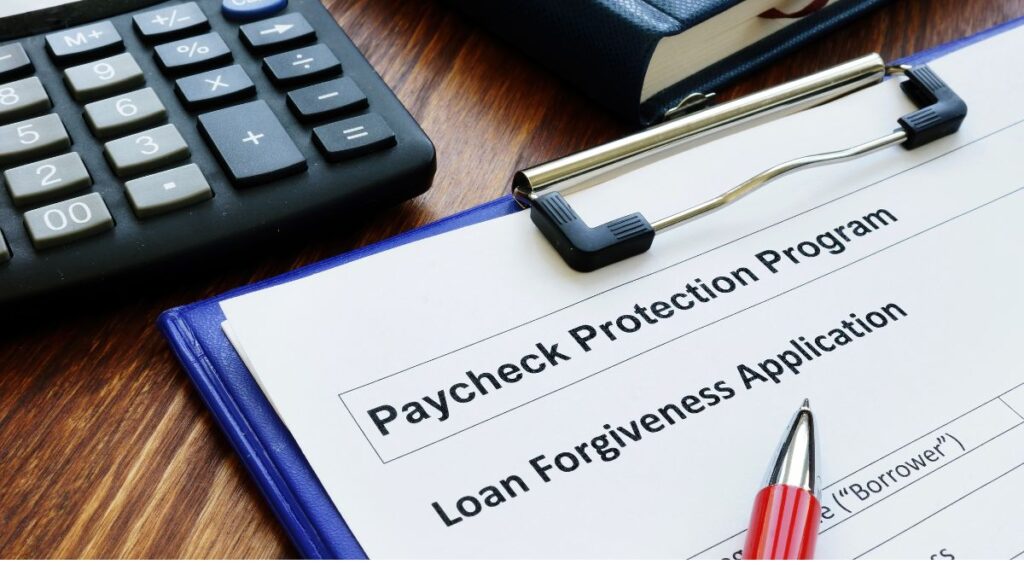
9. Perkins Loan Cancellation: A Unique forgivness Option
Perkins Loan Cancellation is available to borrowers working in certain public service professions, such as law enforcement, firefighting, or public defenders. This program offers forgivness in increments, with up to 100% of the loan balance being canceled over a five-year period.
- Eligibility: Must be employed full-time in an eligible profession.
- Loan Types: Only Perkins Loans qualify for this forgivness option.
- Forgiveness Amount: Up to 100% of the loan balance can be forgiven over five years, with percentages forgivnesseach year.
Perkins Loan Cancellation is a unique forgivness option that allows public servants to earn forgivness incrementally while making an impact in their community.
10. Steps to Apply for Loan forgivness
Applying for loan forgivness requires several steps. While each program has specific processes, the general steps include:
- Check Eligibility: Ensure you meet the requirements for the specific forgivnessprogram you’re applying for.
- Submit an Application: Once you meet the criteria, submit your application along with any required documentation.
- Continue Making Payments: While your application is being processed, continue making your payments to avoid defaulting on your loan.
- Stay in Touch with Your Loan Servicer: Keep communication open with your loan servicer throughout the process.
The loan forgivnessapplication process can take time, so it’s important to stay proactive and keep all necessary documents organized.
11. Common Misconceptions About Loan Forgiveness
There are many myths surrounding loan forgivness, leading to confusion and missed opportunities. Some common misconceptions include:
- All loans are forgivness after 10 years. Only specific programs, like PSLF, offer forgivnessafter 10 years, and this applies to eligible employment.
- Private loans are eligible for forgivness. Most loan forgivnessprograms are for federal loans; private loans are generally not eligible.
- forgivness happens automatically. You must actively apply for loan forgivnessand meet the necessary qualifications.
Being aware of these misconceptions ensures that borrowers have a clear understanding of what forgivness entails and how to achieve it.
Conclusion
Loan forgiveness is an invaluable resource for borrowers looking to alleviate the financial strain of student loans or other forms of debt. By exploring different forgivnessoptions such as PSLF, IDR, or sector-specific programs like Teacher Loan forgivness, borrowers can identify the best path to debt relief. Understanding the eligibility requirements, staying diligent with payments, and navigating the application process will put you on the road to financial freedom.
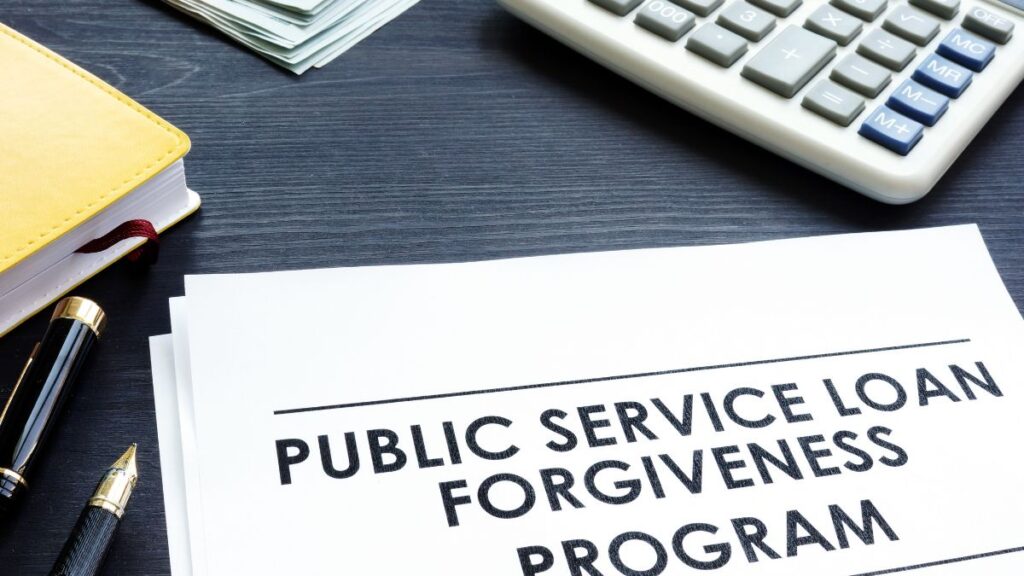
FAQs
- Is loan forgiveness taxable?
- Loan forgivnessunder PSLF is not taxable, but forgivnessunder income-driven repayment plans may be considered taxable income.
- Can private loans be forgiven?
- Most loan forgivness programs apply to federal loans. Private loans generally do not qualify for forgiveness but may offer other forms of relief.
- How long does it take to get loan forgiveness?
- It depends on the program. For PSLF, it takes 10 years (120 qualifying payments), while income-driven repayment plans offer forgivness
- Most loan forgivness programs apply to federal loans. Private loans generally do not qualify for forgiveness but may offer other forms of relief.
- How long does it take to get loan forgiveness?
- It depends on the program. For PSLF, it takes 10 years (120 qualifying payments), while income-driven repayment plans offer forgivness
